#White Devil (Deus e o Diabo na terra do sol) [1964]
Text
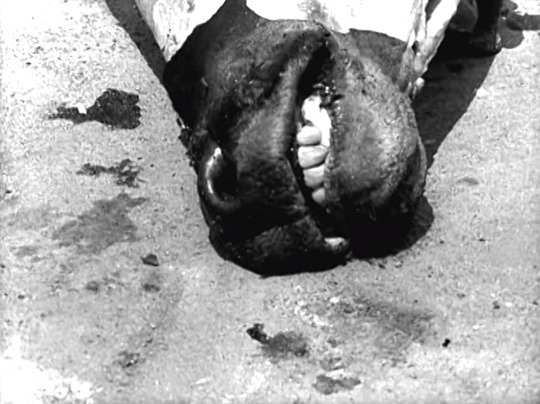

Deus e o Diabo na Terra do Sol (Black God, White Devil | Glauber Rocha | 1964)
#deus e o diabo na terra do sol#black god white devil#glauber rocha#1964#60s#brazilian#animal death#scythe#eye#rot#third cinema
2 notes
·
View notes
Text

#cinematography#movies#cineshots#beautiful shots#Black God#White Devil (Deus e o Diabo na terra do sol) [1964]
9 notes
·
View notes
Text
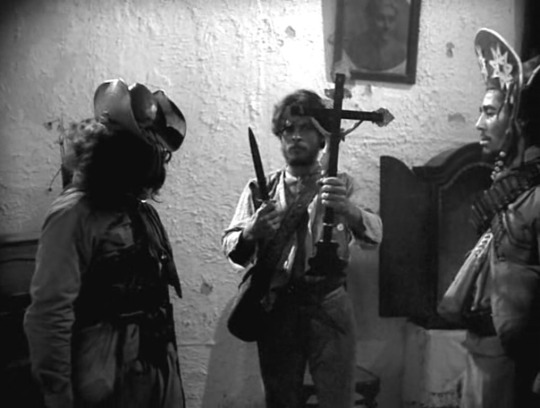
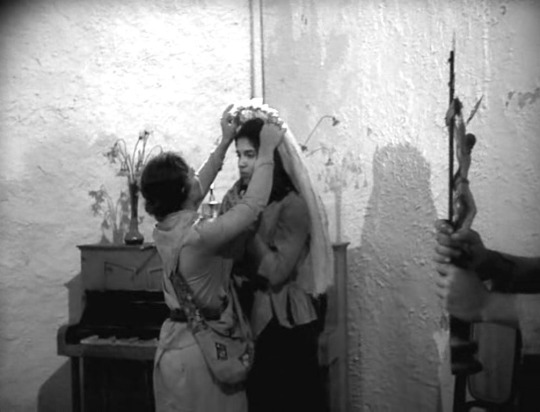
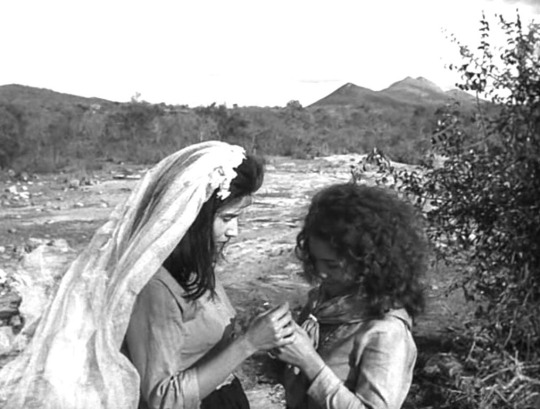
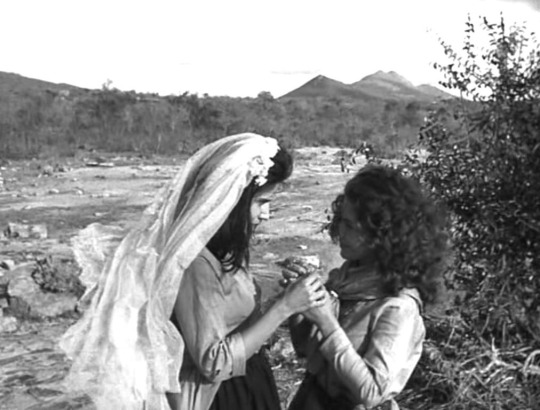
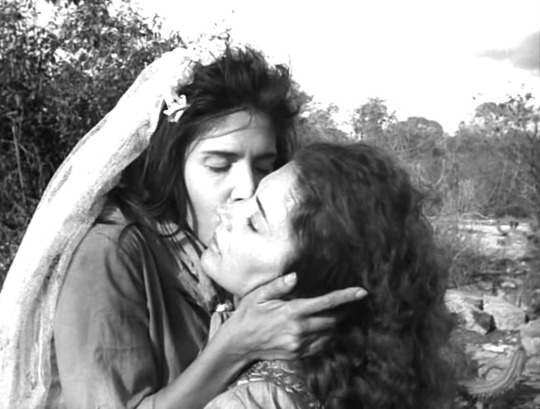
Deus e o Diabo na Terra do Sol (Black God, White Devil), dir. Glauber Rocha, 1964.
48 notes
·
View notes
Text
@superkingofpriderock
So, i have seen 1964's Black God White Devil (original title Deus e o Diabo na Terra do Sol, God and the Devil in the Land of the Sun). Antonio das Mortes is the sequel to it. They have the same director (Glauber Rocha).
The stuff i find good: the soundtrack is a masterpiece, and the performances are great, specially of actor Othon Bastos as the bandit Corisco.
The bad: is a really, really, really slow paced movie. I found it hard to keep watching from beggining to end.
And, because Glauber was a young director at the time, who was still experimenting making movies, it feels more like a series of scenes that just happen, rather than a cohesive piece.
So i say, if you go check this movie, go with those warnings: is a storically significant piece of experimental filmaking exploring themes of class struggle and socially born violence.
But, compared to its sequel (wich felt more like a movie with beggining middle and end, and its way more fun), is something more made to intrigue audiences, rather than entertain them.
When you hear about the stereotype of the "artsy movie that is to be weird and unacessible" this is an example of what people are talking about.
2 notes
·
View notes
Photo

[81] Deus e o diabo na terra do sol [Lit. ‘God and the Devil in the Land of the Sun’] / Black God, White Devil (1964, dir. Glauber Rocha)
Where do the protagonists of ‘Black God’ run to? They—a husband and wife on the run—have spent the whole film fleeing--from the murder of the boss who refuses to pay for dead cows which first renders them fugitive, to the murders committed for and eventual murder of the religious leader (the ‘Black Saint’ of the film’s English title) they next take up with, to the murders committed for and the death of the cangaceiro, the folk bandit (‘White Devil’) who provides a further . Each unit in which they find themselves in some way offers an articulation, however imperfect, for their struggle against the social forces that exploit them and keep them in poverty: the religious cult given over to millenarian prophecy, to brutal tests of strength, and to acts of violence which seem at once forces of social justice and indiscriminate, fanatical killing, the cangaceiro’s gleeful proclamation of ‘evil’ and war against the owner classes equally prey to displays of egomaniac male power and sadistic brutality. Once these are destroyed by the state, in its own acts of brutal violence which slaughter the cult members on the mountain where they’ve prayed; once the cangaceiro is dead, tracked down by the ambiguous bounty hunter Antonio das Mortes—a kind of class traitor maintaining ‘law and order’ through extra- (or semi-)legal violence whose ‘conversion’ to the cause of the people will form the basis of this film’s internationally-successful sequel—their only resort seems to be the sea itself, the farthest limit of the country, the point of no return. The sea is a vital location in Rocha’s work: as the scene of the birth of modern Brazil, of violence and colonialism: the suppression of native populations, amplified in Rocha’s next film, ‘Terra em Transe’, as the right-wing politician strides onto the beach, the flag of the Inquisition in one hand and a cross in the other, and the imported labour of the slave trade—present through the cadomblé register of ‘Barravento’. For its part, ‘Black God’ strains throughout at the limits of the coast, of arid interior and marine exterior. The film’s ‘black saint’ repeatedly claims that the sea will merge with the sertao (the arid farmlands of the country’s underdeveloped northern regions in which the film is set). This impossible union suggests a tension key in Rocha’s work: between the succeeding waves of invaders, at once exploiters and exploited, from the indigenous population, to African slaves, to the ‘white’ poor, to the ‘white’ modern urban bourgeoisie. For the sea—the space of those who are racialised (the Black fishing community of ‘Barrevento’ or the white coastal cities that give Brazil its international image)—and the centre—a region of intense underdevelopment. Coasts are places of arrival and departure, a reminder of Brazil’s European colonial past and the underdevelopment which renders that tension still present. Rocha went on to a career staked on his internationalism, as a self-proclaimed tricontinentalist who went on to make films in the Democratic Republic of the Congo, in Italy, and in Spain. But his friend Regis Debray nonetheless suggested that Rocha always approached both politics and aesthetics through the lens of revolutionary nationalism: the coast as a figure for the landings and departures that could never quite be fully made, or never made without violence, rupture, fracture, an aesthetics of dreaming that might equally become an aesthetics of nightmare. Where do the protagonists of ‘Black God’ run to? Everywhere and nowhere. Their lack of options attests to an ever-present dilemma, all the more so, a good half-century on, in the age of Bolsonaro, of the continued super-exploitation of native land, of ever-more brutalising racism and alliances with American capital: the question of a political future, and the available means of a national cinema with which such a future is intimately connected. The protagonists’ descendants might be said to symbolically run down that coast still.
0 notes
Text

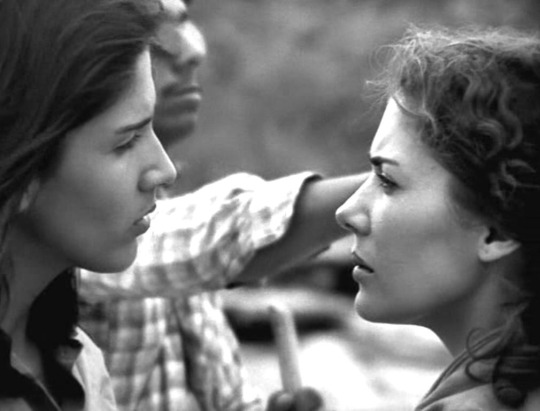
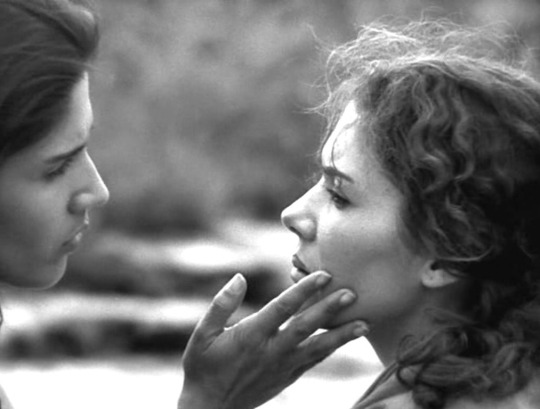

Deus e o Diabo na Terra do Sol (Black God, White Devil), dir. Glauber Rocha, 1964.
2 notes
·
View notes